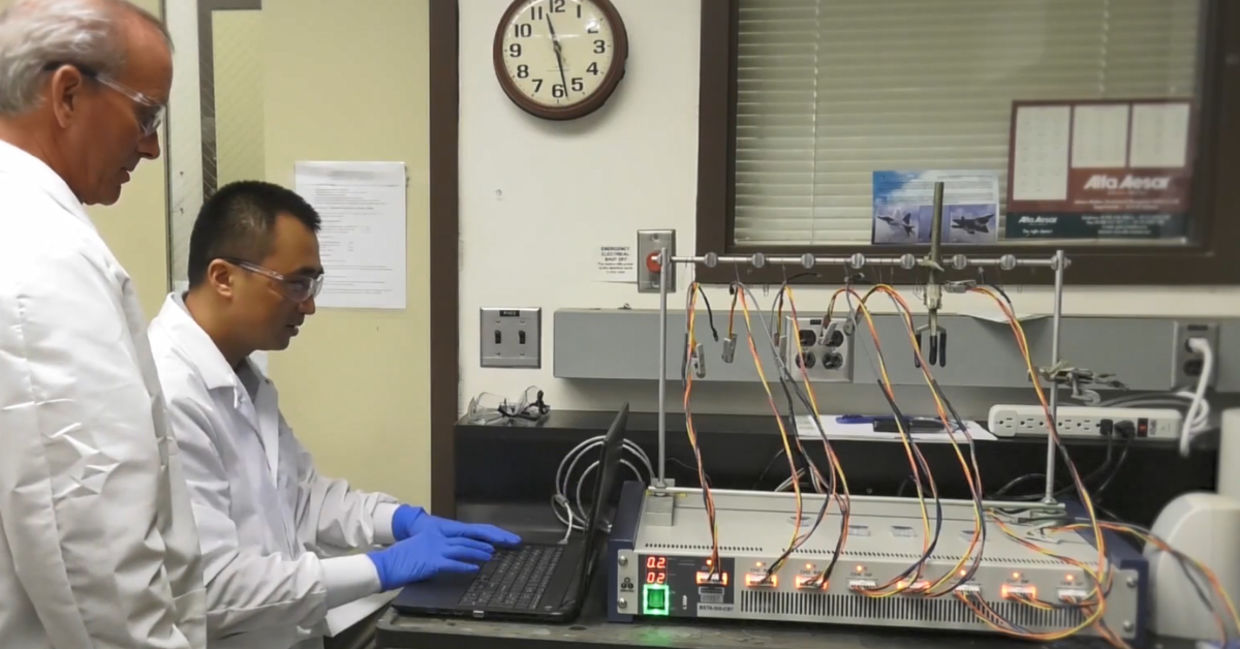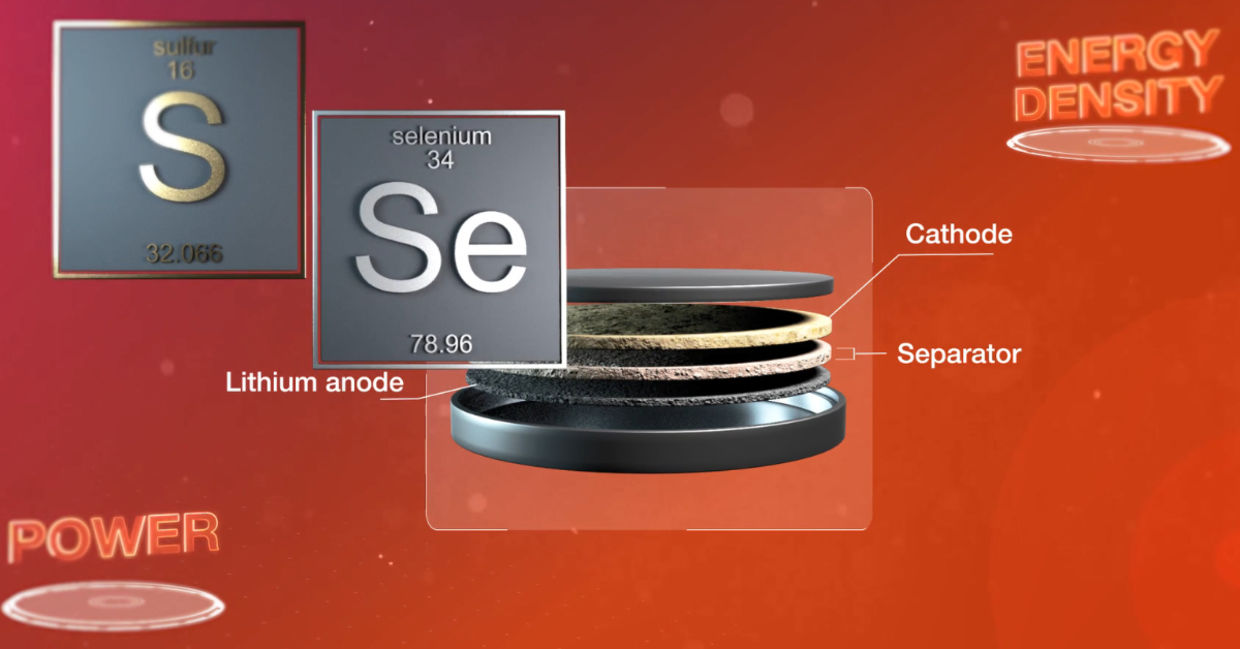
(Courtesy NASA)
There are all electric cars, boats, trains, and small planes that are a sustainable way to travel. Larger Airplanes have not been able to make the transition because the lithium-ion batteries are too heavy and not strong enough to provide the power for the airplane to take-off, according to Egadget. Until now.
NASA is working on a new innovative solid-state battery, according to a news release from the space agency, that can be used by the aviation industry. The batteries, called Solid-state Architecture Batteries for Enhanced Rechargeability and Safety (SABERS) do not suffer from any of the limitations of lithium-ion batteries and can outperform the batteries that are available now.
“SABERS continues to exceed its goals,” Rocco Viggiano, principal investigator for SABERS at NASA’s Glenn Research Center in Cleveland said in the news release. “We’re starting to approach this new frontier of battery research that could do so much more than lithium-ion batteries can. The possibilities are pretty incredible.
Solid-State Batteries
The solid-state batteries that NASA researchers are working on carry more energy, are considerably lighter, and much safer to use according to 100 KNOTS magazine. That’s because solid-state batteries do not contain liquids which can lead to overheating, fires, and charge loss.
Battery performance is the key to making aviation sustainable and viable. The batteries must be able to store large amounts of energy without being too heavy. And the battery must be able to rapidly release that energy. That’s where solid-state technology comes in.
Liquid batteries require each cell to be inside its own steel casing. Solid-state batteries can be stacked in a single casing and that reduces the weight. The battery can also run at much higher temperatures that require much less cooling. All of this makes NASA’s new battery very promising.

(Courtesy NASA)
What’s Next
Now that NASA has demonstrated the new battery’s properties, the agency is looking at all its potential uses, according to the news release. SABERS is collaborating with researchers from Georgia Tech, Argonne National Laboratory, and Pacific Northwest National Laboratory, as well as other NASA centers.
“Georgia Tech has a big focus on micromechanics of how the cell changes during operation. That helped us look at the pressures inside the battery, which then helped us improve the battery even more,” Viggiano said in the news release. “It also led us to understand from a practical standpoint how to manufacture a cell like this, and it led us to some other improved design configurations.”
He added that SABERS has grown from an idea discussed around a lunch table to a possible solution for sustainable aeronautics. A fully electric airplane is getting much closer to reality.







